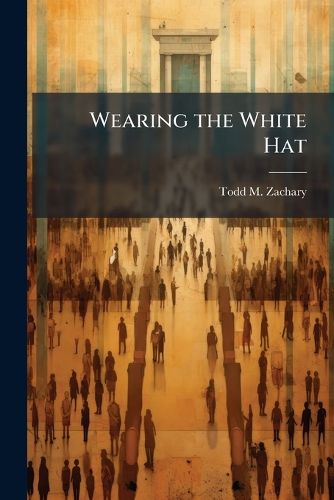Readings Newsletter
Become a Readings Member to make your shopping experience even easier.
Sign in or sign up for free!
You’re not far away from qualifying for FREE standard shipping within Australia
You’ve qualified for FREE standard shipping within Australia
The cart is loading…






This study analyzes the broad effect of strategic culture on the implementation of national security strategies, in particular whether American culture and traditions constrain and shape her application of military force. The study first examines roots of American culture as found in Western civilization. The conclusion is that while cultural restraints that exist in conducting war were developed within European society, their application was not universal; the level of threat to the warring parties involved and the identification of an adversary as being culturally and racially similar both determined when restraints were exercised. Building upon this foundation, the author next explores the American ideals of democracy, views of the role of technology, and ethical beliefs that all serve to shape her cultural perception of war and conflict resolution. Having established an American cultural model, the study evaluates its influence upon the implementation of US national strategies. The conclusion is that in an era in which the US is relatively unchallenged, particularly within the last decade, culturally imposed restraints have emerged as a significant factor in shaping the direction and scope of US force application. The significance of this must be taken into account by national command authorities prior to committing US military forces to any theater.
This work has been selected by scholars as being culturally important, and is part of the knowledge base of civilization as we know it. This work was reproduced from the original artifact, and remains as true to the original work as possible. Therefore, you will see the original copyright references, library stamps (as most of these works have been housed in our most important libraries around the world), and other notations in the work.
This work is in the public domain in the United States of America, and possibly other nations. Within the United States, you may freely copy and distribute this work, as no entity (individual or corporate) has a copyright on the body of the work.
As a reproduction of a historical artifact, this work may contain missing or blurred pages, poor pictures, errant marks, etc. Scholars believe, and we concur, that this work is important enough to be preserved, reproduced, and made generally available to the public. We appreciate your support of the preservation process, and thank you for being an important part of keeping this knowledge alive and relevant.
$9.00 standard shipping within Australia
FREE standard shipping within Australia for orders over $100.00
Express & International shipping calculated at checkout
This study analyzes the broad effect of strategic culture on the implementation of national security strategies, in particular whether American culture and traditions constrain and shape her application of military force. The study first examines roots of American culture as found in Western civilization. The conclusion is that while cultural restraints that exist in conducting war were developed within European society, their application was not universal; the level of threat to the warring parties involved and the identification of an adversary as being culturally and racially similar both determined when restraints were exercised. Building upon this foundation, the author next explores the American ideals of democracy, views of the role of technology, and ethical beliefs that all serve to shape her cultural perception of war and conflict resolution. Having established an American cultural model, the study evaluates its influence upon the implementation of US national strategies. The conclusion is that in an era in which the US is relatively unchallenged, particularly within the last decade, culturally imposed restraints have emerged as a significant factor in shaping the direction and scope of US force application. The significance of this must be taken into account by national command authorities prior to committing US military forces to any theater.
This work has been selected by scholars as being culturally important, and is part of the knowledge base of civilization as we know it. This work was reproduced from the original artifact, and remains as true to the original work as possible. Therefore, you will see the original copyright references, library stamps (as most of these works have been housed in our most important libraries around the world), and other notations in the work.
This work is in the public domain in the United States of America, and possibly other nations. Within the United States, you may freely copy and distribute this work, as no entity (individual or corporate) has a copyright on the body of the work.
As a reproduction of a historical artifact, this work may contain missing or blurred pages, poor pictures, errant marks, etc. Scholars believe, and we concur, that this work is important enough to be preserved, reproduced, and made generally available to the public. We appreciate your support of the preservation process, and thank you for being an important part of keeping this knowledge alive and relevant.